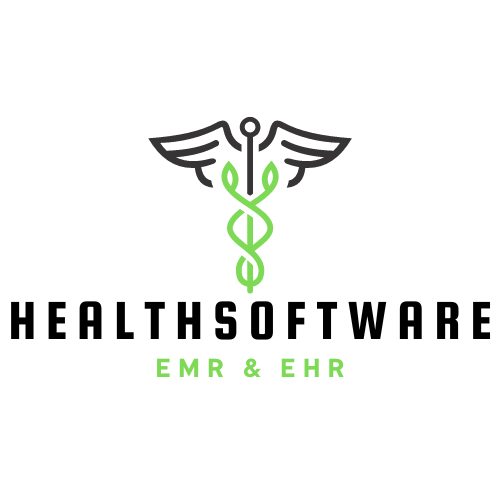Investing in an electronic health record (EHR) system will help your practice save money and improve communication among providers and patients. It will also reduce the risk of errors.
Ease of use
Several studies have investigated the ease of use of Practice EHR. The HIMSS EHR Usability Task Force defines usability as "a measure of how easy it is for someone to complete a task."
Some studies have shown that the usability of an EHR may have a positive impact on the care provided by physicians. Specifically, EHR usability may improve care team coordination, reduce clinical errors, and enhance patient safety. In addition, increased EHR usability may result in greater satisfaction among physicians and a reduction in physician burnout.
Researchers examined the ease of use of practice EHR in a nationally representative sample of office-based physicians. They used a validated measure of physician attitudes on the ease of use of specific EHR functions and their association with other EHR characteristics.
Physicians who received technical assistance were more likely to perceive the ease of use of EHR functions. Physicians who received technical assistance in viewing imaging reports, viewing quality of care data, and exchanging secure messages with patients were the most likely to view these functions as the easiest to use.
Improve communication between clinicians, providers, and patients
Getting patients involved in their own care is a key part of delivering effective clinical care. It also helps to improve patient outcomes. Educating patients about their condition and treatment plan helps to reduce health risks, increase compliance with medication, and create better health literacy.
When patients visit their healthcare provider, they often feel nervous or anxious. These feelings can affect how they communicate with their provider. By building strong relationships, providers can help patients feel more comfortable.
Patients trust providers when they are clear about treatment options, and they are willing to answer their questions. They also trust providers who are responsive to their needs. However, many patients do not have a dedicated primary care provider or specialist for chronic conditions.
The patient-physician relationship has been a special one for physicians and nurses for centuries. However, the modern healthcare delivery system has become less personal. This can make it difficult for medical providers to build trusting relationships.
Using patient engagement technology can help to improve patient-provider communication. The technology should be able to orchestrate engagement at each stage of the patient's health journey. This will help to increase patient satisfaction, loyalty, and health outcomes.
Related Resources:
Reduce the risk of errors
Having an electronic health record (EHR) can improve accuracy and safety in clinical settings. However, it's important to remember that these systems are still vulnerable to errors. In fact, a study found that one in five people reported finding an error in their EHR.
One way to reduce the risk of errors when practicing EHR is to understand the best practices for EHR design and implementation. The first step is to determine what your organization needs in order to improve the safety and quality of patient care.
Using a qualified EHR to keep track of medications, allergies, and other medical conditions can help keep providers and patients safe from medical errors. A qualified EHR can also alert you to potential conflicts with medications. These can be caused by incorrect dosages, drug interactions, and deliberate withholding of information by the patient.
In the United States, medical errors are the third leading cause of death. The most common cause of these errors is medication errors. In fact, medication-related claims account for a large portion of all malpractice claims.
Save money
Using an electronic health record (EHR) can save your practice a lot of money. The system can help you save time and reduce the number of errors, which can increase your overall efficiency. It can also help you reduce the costs associated with data breaches.
When you use an EHR, you can access your patient records from anywhere. This reduces the time you spend looking for records and eliminates the need to store paper in filing cabinets. You can also submit claims more quickly, which can help you get paid faster.
The cost of an EHR can vary greatly, depending on the size of your practice. It may also depend on the type of software you choose. For example, cloud-based software can cost less up front, but you may have to spend more on maintenance.
When you choose an EHR, it's important to consider your organizational goals. You might want to save money, but you also might want to improve patient satisfaction and reduce medical errors. You also might want to make sure your practice can continue to qualify for Meaningful Use incentive payments.
Also read: Athena EMR – Choosing the Right EMR for Your Practice

